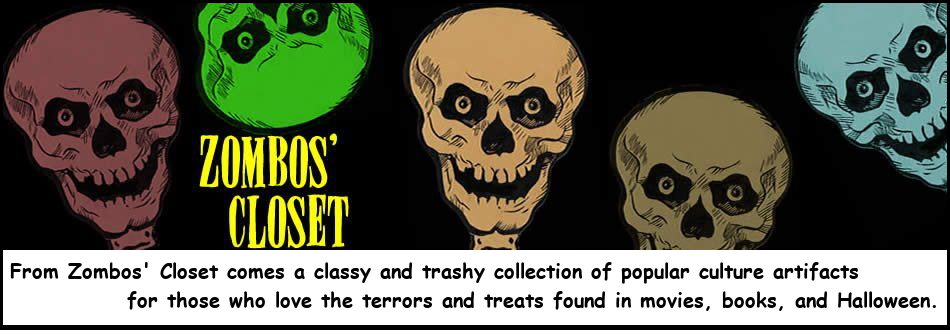If you liked the original Star Trek episode The Galileo Seven, you can thank Five Came Back as the source (as noted in https://reactormag.com/star-trek-the-original-series-rewatch-the-galileo-seven/). This B movie presaged the disaster movies to follow as a group of airplane passengers are forced down into the Amazon Jungle. And what a group: Lucille Ball, Chester Morris, John Carradine, Aubrey Smith, Patric Knowles, Allen Jenkins, Wendy Barrie, and more. This pressbook belies the B movie status, as did the box office as the movie was a 1939 success. There is an inset herald (meaning it’s glued into the pressbook), Little Life Stories of the players, and lots of promotional ideas and articles. TCM’s article on the movie notes that Lucille Ball had a rough time of it during shooting. Between clashes with the director, Chester Morris’s unwanted advances, and two black spiders crawling onto her hair from one of the imported trees on set, she, at least, had the last laugh: critics singled out her performance. Even the New York Times liked the movie! What really grabbed me while watching it was the dialog and good use of a cheap budget. Click each image to enlarge, but due to WordPress’s automatic and asinine scaling of my images, I’ve included a download with larger images. Five Came Back Pressbook

…
Five Came Back (1939) PressbookRead More »
















